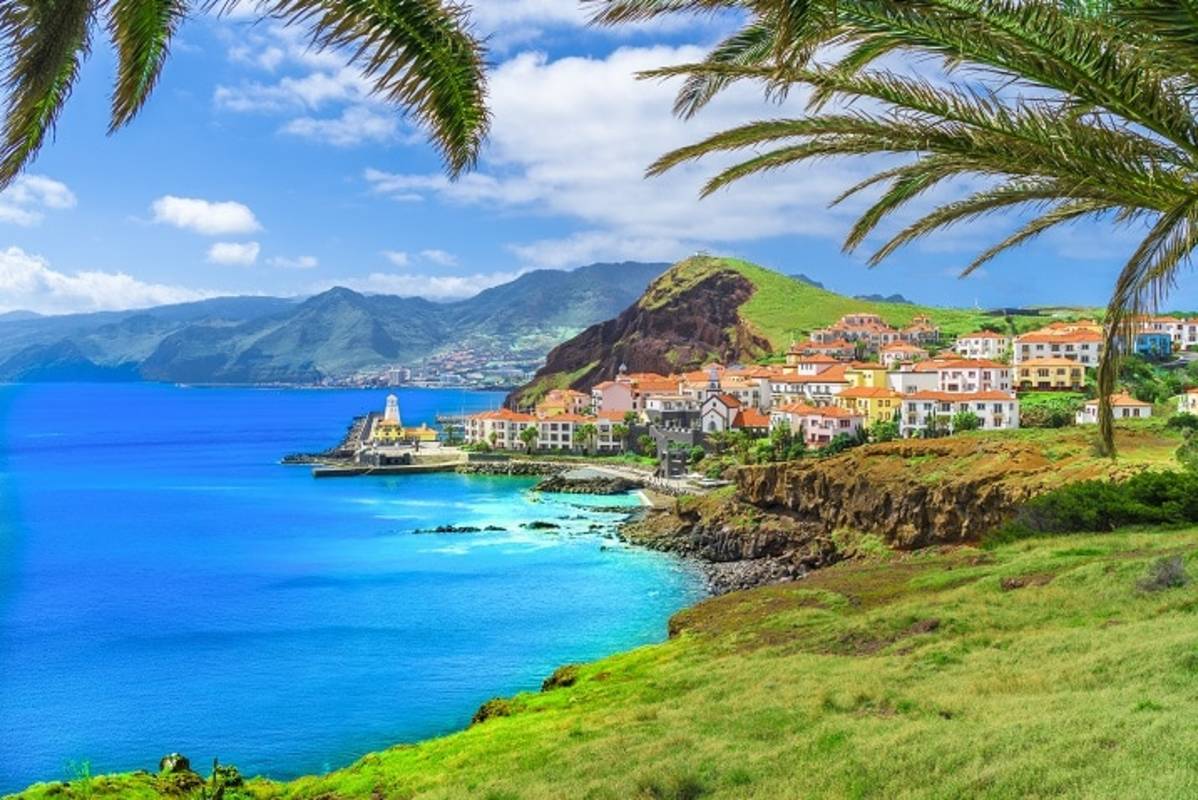


In the north of Portugal, you will find the city of Porto, who lent its name to the famous port wine. During the 1600s when Portugal started exporting wine to Britain, they discovered to their great horror that the wine in the barrels had continued to ferment and was completely undrinkable when it arrived. To stop the fermentation, the Portuguese tried to add liquor and because there was a lot of sugar left in the wine that did not ferment, the result was a very sweet strong wine. At a Port Wine Safari, you can taste many different varieties.
Once you have experienced the intoxicating Porto you can easily take the train to Lisbon, a trip just over three hours. Worth mentioning is that it’s very convenient to use Portugals train network to get around. Lisbon has a timeless charm and gives you the opportunity to train your leg muscles with all the steep slopes on which the city is built. When you are in Lisbon, going to a “casa de fado” is a must. It is a type of restaurant offering live performance with fado, Lisbon’s own variety of blues. There are many “casa de fado” around Lisbon but most are found in the Bairro Alto and Alfama districts. It is sung about broken hearts, loneliness and sadness and is usually accompanied by acoustic guitar. The city is rich in culture and entertainment and in the old town of Alfama it is very cozy with a relaxed evening stroll. Feel free to take a little spontaneous excursion to Sintra, a city not too far from Lisbon, which is adorned with fabulous fairy tale castles and lush green gardens that have earned a place on UNESCO’s World Heritage list.



On the island of Madeira, it is easy to be struck by that overwhelming feeling when you are in the middle of a natural area that feels so magical that it becomes almost unreal. It has been named the most beautiful island in the world for a reason, and you can go any time of the year because the climate is nice and pleasant all year round. On the island you can play golf, enjoy the cozy atmosphere of the island’s capital Funchal or hike on any of the seven hiking trails along the island’s famous levadas.
But we cannot talk about nature in Portugal without mentioning Portugal’s southernmost point, the Algarve coast. The dramatic rocky landscapes along with kilometre-long beaches and a pleasant climate with an average temperature of 20 degrees seem both refreshing and energizing. Here you will also find one of Europe’s oldest settlements, the city of Faro where many historic sites and buildings are well preserved. The Algarve Coast is a place with many historic fishing villages that obviously serve seafood with the freshest ingredients, but you will find many other locally produced products such as clothing, jewellery and decor.